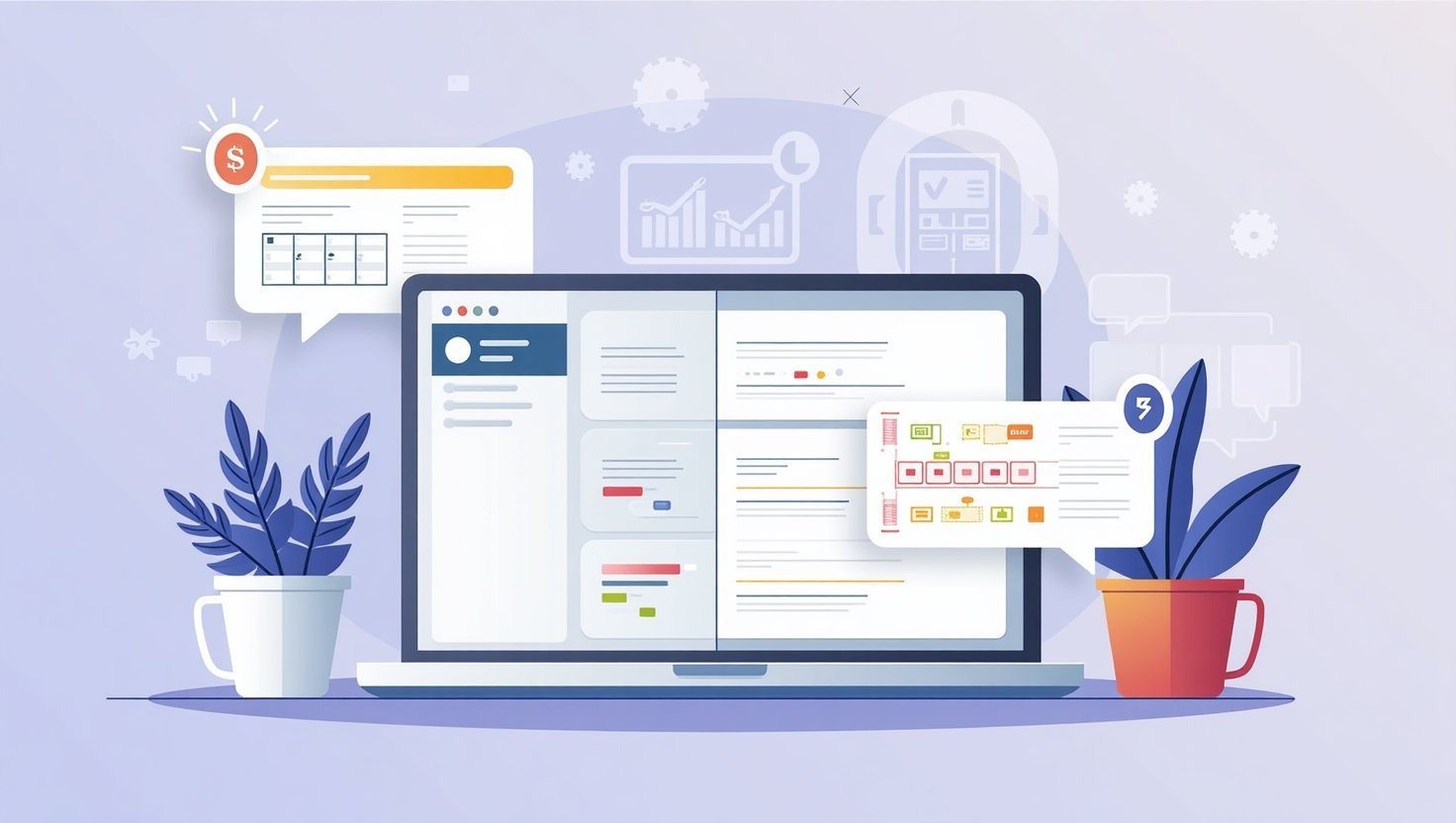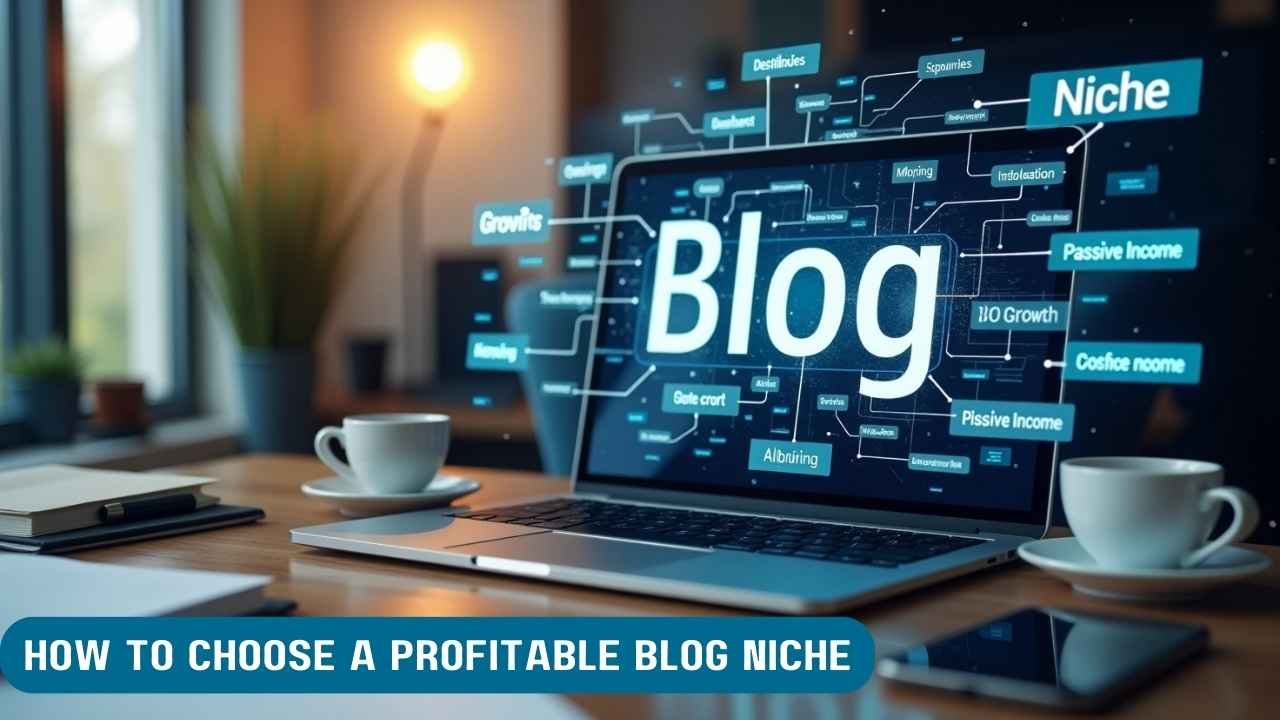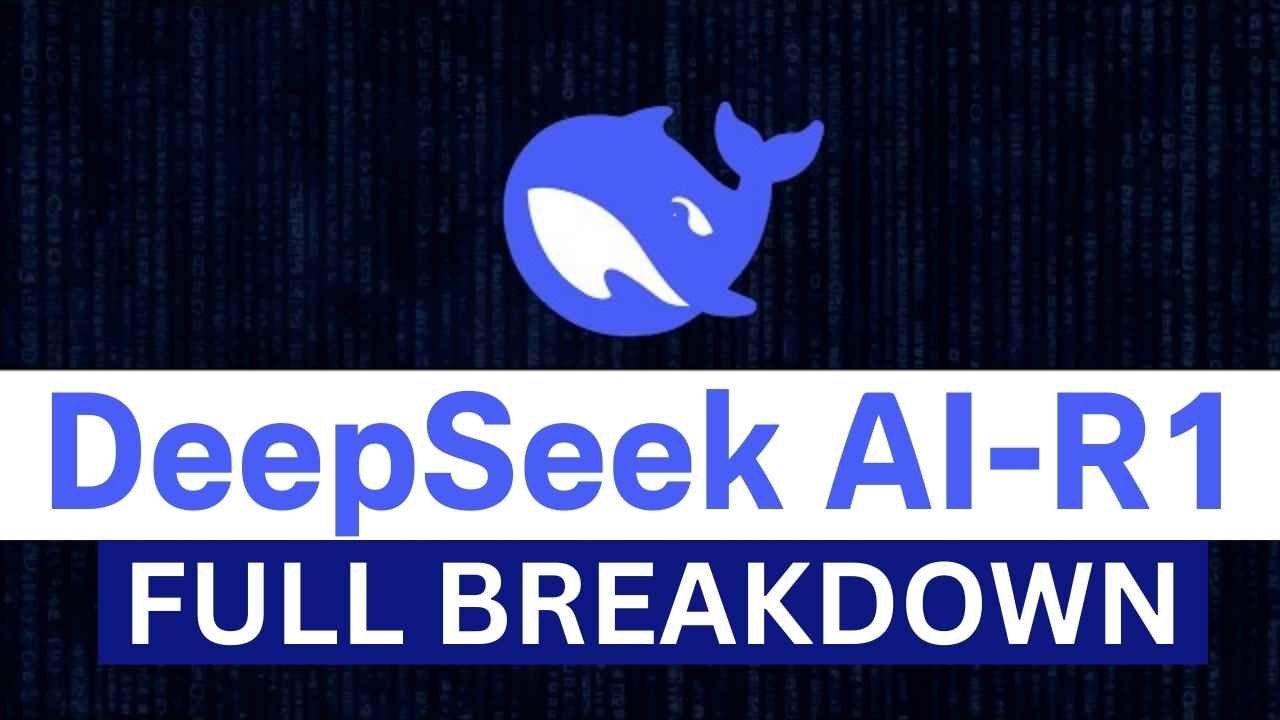The digital age has provided an easy and convenient way for anyone to create a website without technical skills. Today, we are discussing how you can Create Any Tool Website on Blogger Using ChatGPT. Our guide is meant to take you through all the steps needed—from knowing what a tool website is to the in-depth process of using ChatGPT to create stimulating, SEO-optimized content.
What is a Tool Website?
A tool site usually provides interactive features such as calculators, converters, or even specialized utilities that cater to common issues. Not only are these sites useful to visitors, but they also enhance engagement and add value beyond static pages. With tools like Blogger, you can host and build these tools without expensive hosting fees or expert coding.
Benefits of Creating Tool Websites on Blogger
Blogger, being a free website, offers an affordable way to start your tool website. With its easy-to-use interface, even newbies can easily start. When combined with the might of ChatGPT, you can create quality content and automate most of the website management tasks. This combination of ease of use and cutting-edge AI makes it a great option for anyone who wants to boost their online presence. Also, having a tool website enhances user engagement, boosts time on site, and assists in organic traffic through optimized SEO strategies.
Having your site built on Blogger also means that you get the advantage of a secure, managed environment. You don’t need to worry about server upkeep or complex security measures, allowing you to concentrate exclusively on developing useful tools for your users.
Getting Started with Blogger and ChatGPT
Before creating your tool website, it’s important to understand the basics of setting up your Blogger account and how to integrate ChatGPT into your workflow.
Setting Up Your Blogger Account
First, go to Blogger Official and log in using your Google account. Blogger has an easy setup process. You’ll be asked to select a title for your blog, pick a URL, and choose a basic template. Take your time here—your blog’s title and URL are vital aspects of your brand identity. Once you have these established, you can check out some free themes that Blogger provides, and your tool website will look professional without much additional effort.
When personalizing your Blogger site, keep in mind that simplicity is usually a sign of effectiveness. A neat, organized design can enhance user interaction and enhance the overall user experience. Be sure to experiment with various themes and select one that suits your vision for an interactive and aesthetically pleasing tool website.
Integrating ChatGPT with Blogger
Now for the best part: embedding ChatGPT in your Blogger configuration. ChatGPT can automate content production, provide inspiration for creative content, and even aid in search engine optimization. Some users have found that ChatGPT not only accelerates writing but also provides an element of creativity to your content.
Start by getting used to the ChatGPT interface. Either way, the most important thing is to test various prompts until you come across a style that will fit the tone of your blog. Don’t forget that the idea is to mix the outputs of ChatGPT with your voice smoothly. Thus, you ensure that your website stays genuine and credible.
A working tip is to begin with writing blog articles or tool descriptions through ChatGPT. You can then manually edit the output to your quality level. This integration enables you to have a regular publishing routine while providing valuable, current content to your audience.
Step-by-Step Guide to Create Your Tool Website
Developing a tool site on Blogger with ChatGPT is an organized process that could be divided into seven concise steps. Each step expands upon the last, making your website not only functional but also remarkable in the highly competitive online market.
Step 1: Planning Your Tool Website
Start by defining the function of your site. Decide on the functionality you want to provide and your intended audience. Planning is the key—get your goals down on paper along with the functionalities you desire. Draw a quick sketch of what the site might look like and note the features you’d like to have. This planning step lays a solid foundation for the rest.
Step 2: Designing the Layout
Once you have a plan, proceed with the design of the layout. Utilize Blogger’s template features to develop a functional yet aesthetic layout. Consider how the users will interact with your tools; an intuitive design is critical in maintaining their engagement. Go for a minimalistic design that promotes the tool functionality without confusing the user.
Step 3: Generating Content with ChatGPT
This is where ChatGPT truly excels. Use it to create interesting descriptions, FAQs, and even blog posts detailing how your tools function. Do not forget to insert your main keyword—Create Any Tool Website on Blogger Using ChatGPT—early enough in your writing. ChatGPT can assist in creating content that is informative as well as search engine-friendly. Do not forget to read and adjust the generated content so that it suits your brand voice.
Step 4: Customizing Your Tool Features
Customize the interactive tools to your audience’s specifications. If it’s a calculator, converter, or any other utility, see to it that it works as smoothly as can be and is user-friendly. Customize colors, fonts, and layouts to harmonize with your overall design scheme. This process may require some simple coding, but most features can be accomplished with Blogger’s native options.
Step 5: Testing and Optimization
Before going live, carefully test every tool. Make sure all interactive elements function properly. Ask friends or coworkers for feedback, and utilize this feedback to further hone your tools. Optimization is not merely about functionality—optimization is also about having your site load quickly and being mobile-friendly. These considerations are essential for user retention and search engine optimization.
Step 6: Publishing Your Tool Website
Once tested, it’s time to push the publish button! Blogger allows you to publish your site with ease, but make sure to double-check all pages for errors. Once live, keep an eye on how your site is performing and be prepared to update as necessary. A successful launch is only the start; ongoing improvements will serve to keep users interested.
Step 7: Marketing and SEO Strategies
Lastly, take the time to market your tool site. Make use of social networking sites, newsletters, and message boards to create buzz. Having good SEO is also very important. Put keywords in content naturally, have backlinks to your site, and have a content marketing approach. Gradually, your website will rise to the top in search engines and more natural traffic will go to your website.
Deep Dive: Using ChatGPT for Website Tools
The integration of ChatGPT into your website development process is not only a convenience—it’s a game-changer. Let’s dive deeper into how ChatGPT can improve your tool website.
How ChatGPT Improves Your Website Functionality
ChatGPT can play several roles on your website. It can assist in creating content that describes how your tools function, generate dynamic FAQs and even aid in troubleshooting common problems. By automating mundane tasks, ChatGPT allows you to concentrate on more strategic aspects of your website. This AI tool can generate clear, concise, and compelling content that is in line with SEO best practices. Furthermore, ChatGPT’s capacity for contextual and nuanced understanding ensures that it can generate content that appeals to your target audience.
Integrating ChatGPT isn’t about doing away with human creativity—it’s about augmenting it. You can take its outputs as a starting point and then develop them further with your ideas. This collaborative work ensures that your website is not only high-quality but also truly yours.
Real-World Examples and Case Studies
Take, for instance, the case of a blogger wishing to develop an interactive mortgage calculator tool. By incorporating ChatGPT, they could produce elaborate explanations, user guides, and even repair tips—all within minutes. Such case studies across the tech sector have indicated that sites incorporating ChatGPT not only deploy more quickly but also experience greater engagement rates. Such examples highlight the potential of AI to simplify content creation and give rise to more interactive, engaging user experiences.
Most successful websites today integrate automatic content creation with human editing for quality and precision. This practice illustrates E-E-A-T standards, where expertise and experience are confirmed through steady, reliable content.
SEO Best Practices for Tool Websites
Having a good-looking website is half the fight; you need to make sure it’s also discoverable. Having strong SEO practices in place is crucial to bring organic traffic and enhance your website’s visibility.
Keyword Research and On-Page SEO
Start your SEO process with strong keyword research. Find applicable keywords—such as Create Any Tool Website on Blogger Using ChatGPT—and work them in organically throughout your content. Implement headings, subheadings, and meta tags to support these keywords without stuffing your pages. An organized website with clear navigation sends a signal to search engines that your content is organized and useful.
On-page SEO also includes image optimization, alt text, and making sure your site loads as fast as possible. These, along with high-quality, interesting content, enhance your site’s search engine ranking over time.
Content Marketing Strategies
Aside from technical SEO, solid content marketing can also reach more people. Periodic blog entries, guest posts, and social media posts keep your audience active and establish authority in the long run. Consistently providing helpful, timely content proves expertise and trustworthiness—important elements of E-E-A-T.
A good content marketing campaign is multi-dimensional. It encompasses producing shareable content, connecting with your audience on social media, and even collaborating with influencers in your market. These when combined with robust SEO result in increased traffic and user engagement.
Conclusion and Future Trends
Developing a tool website on Blogger with ChatGPT is not just simple and free, but also positions you for long-term success. With a solid plan, compelling content, and ongoing optimization, you can create a site that draws traffic and lasts for years to come. As AI keeps improving, tools such as ChatGPT will become even more central to content creation and digital marketing strategies.
In the future, anticipate further interfacing of AI-based platforms with conventional site builders. All this will continue to make it easier, so easy that anyone can have a professional site up and running. Keep abreast of the latest developments, and do not ever be afraid to try new tools to keep your material fresh and competitive.
In conclusion, whether you’re a seasoned blogger or just starting out, the combination of Blogger’s free platform and ChatGPT’s powerful capabilities offers an unbeatable formula for success. So, dive in, experiment, and watch your tool website flourish in the ever-changing digital landscape.
Frequently Asked Questions
What exactly is a tool website on Blogger?
A tool website on Blogger offers interactive functionalities such as calculators, converters, or other utilities designed to help users solve everyday problems. It combines valuable tools with engaging content, making it both useful and informative.
How does ChatGPT help in creating a tool website?
ChatGPT assists by generating high-quality content quickly. It helps you draft detailed tool descriptions, FAQs, and blog posts while ensuring that the language remains clear, concise, and optimized for SEO. This speeds up your workflow and enhances content quality.
Is it free to create any tool website on Blogger using ChatGPT?
Yes, Blogger is a free platform, and while ChatGPT may have associated usage costs depending on your plan, many features and basic versions are accessible without charge. This makes it an ideal combination for budget-conscious creators.
What technical skills are required to get started?
Minimal technical skills are needed. Blogger’s intuitive interface and customizable templates allow beginners to set up a website with ease. For advanced customizations, a basic understanding of HTML and CSS is helpful, but not mandatory.
How can I optimize my website for better SEO?
Use strategic keyword placement (like including Create Any Tool Website on Blogger Using ChatGPT early in your content), optimize on-page elements such as meta tags and alt text, ensure fast load times, and consistently update your content. These practices will help your site rank higher over time.
Can I add custom widgets and plugins to my Blogger site?
Absolutely! Blogger supports various widgets and plugins that can enhance functionality, such as social sharing buttons, comment sections, and more. Just be sure to balance added features with site performance.





